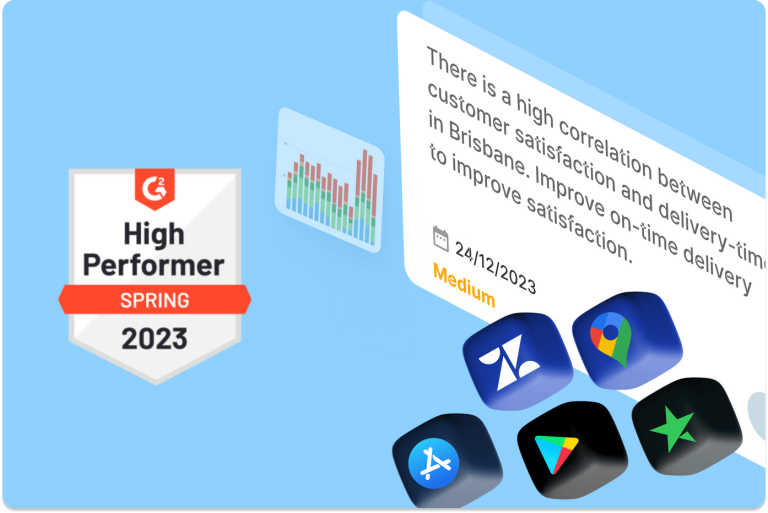
Contact Centre CX Maturity Assessment: A Comprehensive Guide
In today’s customer-centric business landscape, ensuring exceptional customer experiences (CX) is paramount. The contact centre, often the frontline of customer interactions, plays a pivotal role in shaping these experiences.









